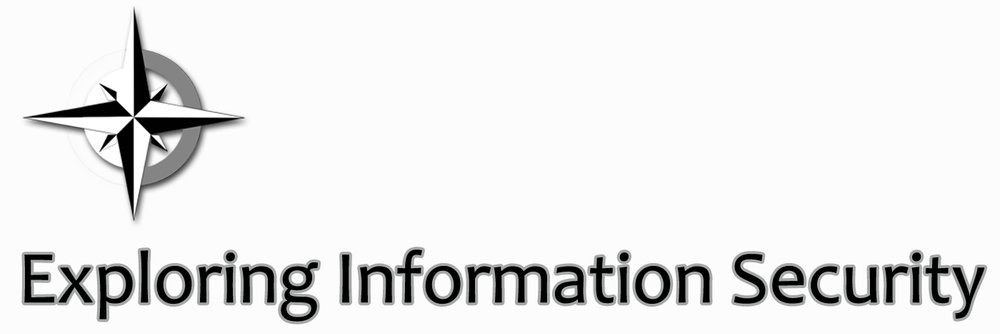Three things to know about cloud security
Shared Responsibility Model
In cloud computing, the responsibility for security is shared between the cloud service provider (CSP) and the customer. It's crucial to understand this model and know which security aspects fall under the provider's responsibility and which ones are the customer's responsibility. The CSP typically secures the underlying infrastructure, while the customer is responsible for securing their data, applications, and configurations.
Created with the help of ChatGPT
Data Protection and Encryption:
Protecting data in the cloud is paramount. Infosec professionals should be familiar with various encryption techniques and ensure sensitive data is encrypted both at rest and in transit. They should understand how encryption keys are managed and stored and consider additional measures like data loss prevention (DLP) solutions, access controls, and strong authentication methods to safeguard data.
Created with the help of ChatGPT
Identity and Access Management (IAM)
IAM plays a crucial role in securing cloud environments. Infosec professionals should have a good grasp of IAM concepts such as user provisioning, role-based access control (RBAC), least privilege principles, and multi-factor authentication (MFA). Understanding how to properly configure and manage user access, permissions, and credentials is essential to prevent unauthorized access and potential breaches.
Created with the help of ChatGPT

